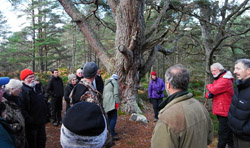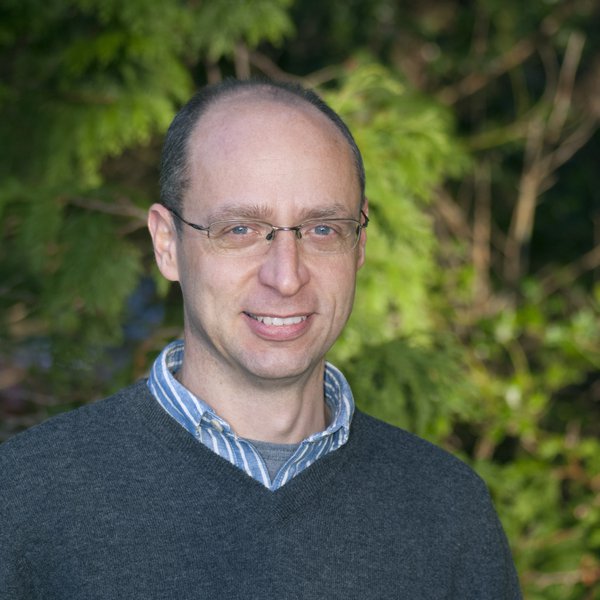
This project aimed to explore the cultural values and meanings associated with the native Caledonian pine forests of Scotland, focusing on the Black Wood of Rannoch in Highland Perthshire.
The project ran from January 2013 to May 2015.
Partners: Collins & Goto Studio, Forest Research, Landscape Research Group, Forestry Commission Scotland, Perth and Kinross Countryside Trust.
Funders: Creative Scotland (Imagining Natural Scotland programme), Forest Research, Landscape Research Group and Forestry Commission Scotland.
To date, the project team has delivered a number of reports and other creative outputs, including the following:
Two-page Research Summary
Final report:
Collins, T., Goto, R. and Edwards, D. (2014). Future Forest: The Black Wood, Rannoch, Scotland. Landscape Research Group and Forest Research. (PDF-4602 KB) 51pp
Book Chapters:
Collins, T., Goto, R. and Edwards, D. (2014). Future Forest: Caledonian Black Wood, Aware Access. pp 66-81 in: Griffith, D. (ed). Imagining Natural Scotland. Creative Scotland, Edinburgh, UK. 231 pp.
Edwards, D., Collins, T. and Goto, R. (in press). Does the conservation status of a Caledonian forest also indicate cultural ecosystem value? Springer. [Forthcoming book from the 1st UNESCO Conference on Biological and Cultural Diversity in Europe, held in Florence, Italy, April 2014]
Case study in a manual for decision-makers:
Kenter, J.O., Reed, M.S., Everard, M., Irvine, K.N., O’Brien, E., Molloy, C., Bryce, R., Brady, E., Christie, M., Church, A., Collins, T., Cooper, N., Davies, A., Edwards, D., Evely, A., Fazey, I., Goto, R., Hockley, N., Jobstvogt, N., Orchard-Webb, J., Ravenscroft, N., Ryan, A. and Watson. V. (2014). Shared, plural and cultural values: A handbook for decision makers. UK National Ecosystem Assessment follow-on phase. UNEP-WCMC, Cambridge, UK.
Artworks displayed at an exhibition ‘Sylva Caledonia’, and participation in a seminar series, as part of the Edinburgh International Science Festival, held at Summerhall, Edinburgh April and May 2015.

Research Impact Coordinator